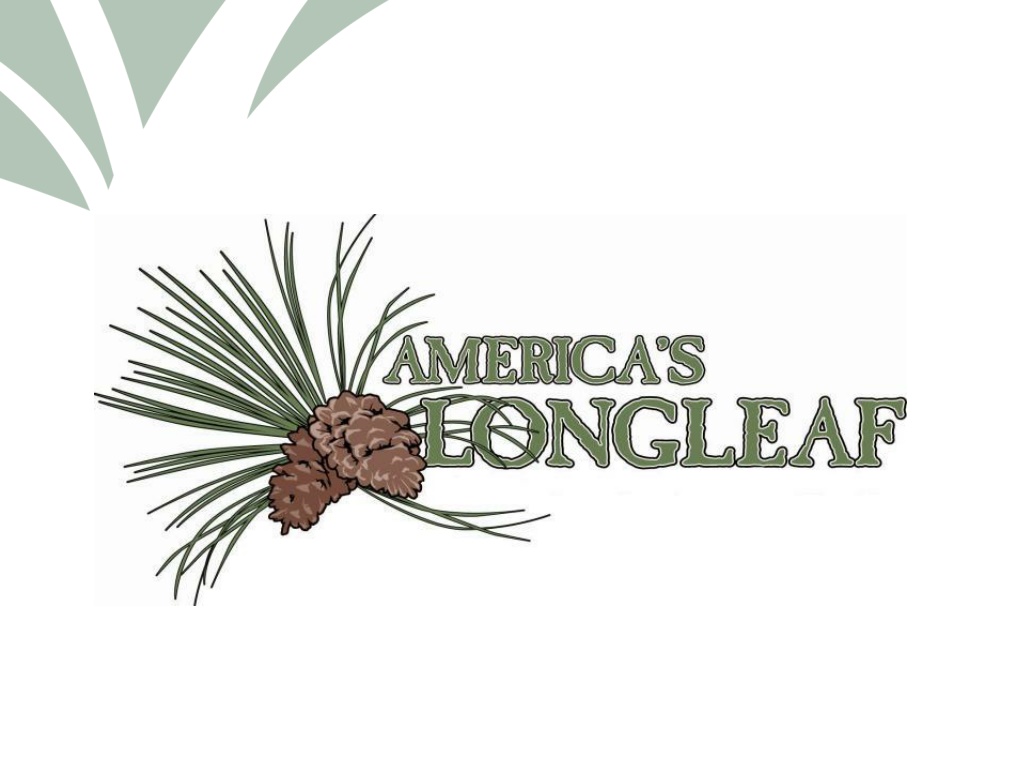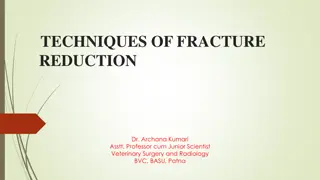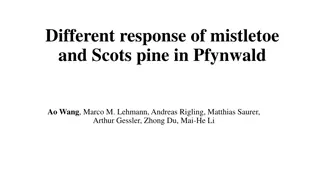Longleaf Pine Economics: Investment Potential and Risk Reduction
Longleaf pine, once considered a poor investment, now offers promising financial returns due to improved planting techniques and market demand for its high-quality products. Misconceptions about its growth have been dispelled, with better seedlings reducing planting risks. Longleaf's unique properties make it a valuable forestry investment, with projected returns showing good growth potential.
Download Presentation

Please find below an Image/Link to download the presentation.
The content on the website is provided AS IS for your information and personal use only. It may not be sold, licensed, or shared on other websites without obtaining consent from the author. Download presentation by click this link. If you encounter any issues during the download, it is possible that the publisher has removed the file from their server.
E N D
Presentation Transcript
Click to edit Master title style LONGLEAF PINE ECONOMICS Does Longleaf Pine Make Financial Sense?
Click to edit Master title style Investment Potential for Longleaf Pine Lumbermen have long realized the value of longleaf products like high quality, straight grained dimensional lumber and strong durable poles. Longleaf was regarded as a poor investment for years, however. What kind of investment is longleaf pine in today s market?
Click to edit Master title style Misconceptions on Investment Potential Longleaf has historically been considered a difficult species to plant. Longleaf had a reputation for slow growth. Recent developments in nursery techniques, management practices, and markets have made these prognoses dated.
Click to edit Master title style Risk Reduced Better quality seedlings have taken out much of the risk for planting longleaf pine. Much has been learned about the handling and planting of seedlings in the past several years as well. These gains, coupled with increased knowledge about the role of competing vegetation and the development of selective herbicides to control it, have made is possible to shorten and in many cases eliminate the grass stage.
Click to edit Master title style Risk Reduced We have learned that longleaf is not a slow grower, only a slow starter. Once established on average or poor sites, longleaf will catch and pass faster starting loblolly or slash pine in a reasonable time: 12-15 years on poor sites and 25-30 years on average sites. On very good, productive sites, it takes longer to catch up, often outside a reasonable investment period if return on investment is the only measure used. Growth rate of wood volume is not the only or most important measure of value of a forestry investment. A more important measure is growth rate in value or dollars, as longleaf products return a premium and grow faster in value than volume.
Click to edit Master title style Projected Financial Return Investment analysis (based on assumptions or projections of future performance) indicates very good growth can be expected if management is done properly and that product yields are very favorable, with a high proportion of poles and quality saw-timber produced. Longleaf wood is heavier than other Southern pines. When wood is bought on a weight basis, more $ is paid for longleaf than for the same volume of other pines. Longleaf pine straw has also become very valuable in the landscaping business.
Click to edit Master title style Other Financial Considerations for Longleaf Longleaf is resistant to diseases and insects and notably tolerant of fires, reducing risk of loss to these factors significantly. This natural insurance policy against loss has value. Long-term value of longleaf is maximized if trees are allowed to grow into poles, often thought to be optimal in rotations of 55 years on most sites. Conservation Reserve Program payments make longleaf a very profitable investment over the short term as well.























